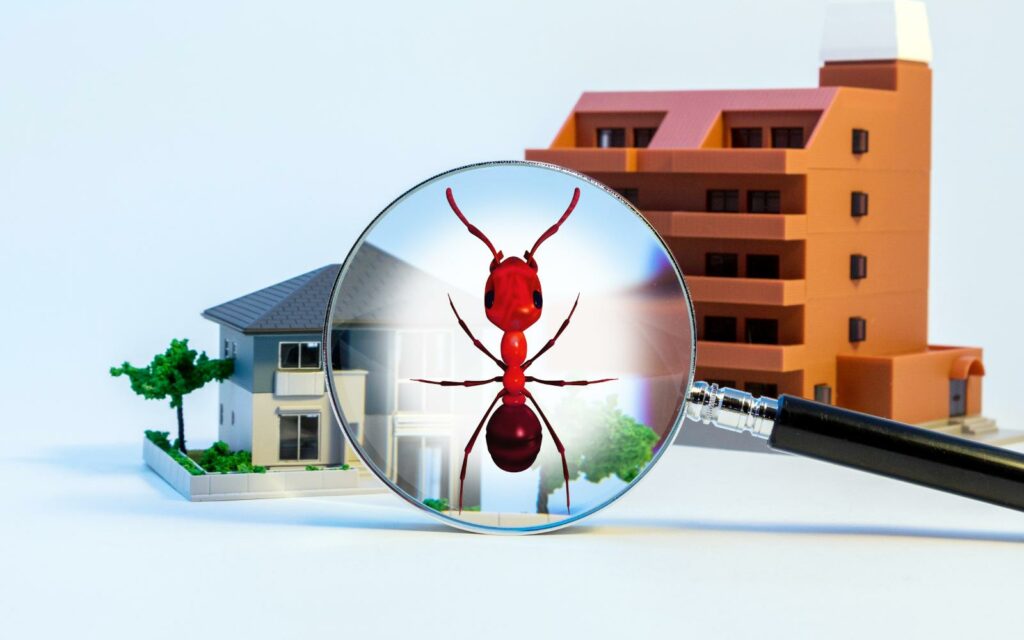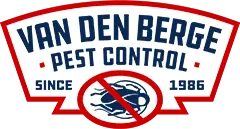
Contents
When tackling rodents, opt for humane trapping methods. Use integrated pest management and exclusion techniques. Employ effective rodenticides and baits when necessary. Consider professional inspection for tailored solutions. Combine these methods for the best results.
Key Takeaways
- Implement integrated pest management strategies for effective control.
- Humane trapping using live traps shows compassion towards rodents.
- Seal entry points and prevent rodent access with exclusion methods.
- Use professional inspection and monitoring for accurate rodent management.
- Employ proven rodenticides and baits for targeted rodent removal.
Humane Trapping Techniques for Rodents
When dealing with rodent infestations, utilizing humane trapping techniques is vital for a safe and effective removal process. Live trapping is a method that allows you to capture rodents without causing them harm. Instead of using lethal means, live traps provide a more compassionate approach to dealing with these unwanted guests in your home. By opting for live trapping, you’re showing empathy towards these creatures while also ensuring the safety of your household.
The next step is ethical relocation once you have successfully captured the rodents using live traps. It’s important to relocate the rodents far away from your home to prevent them from returning. When choosing a relocation site, consider areas with ample food supply and shelter to give the rodents a chance to thrive in their new environment. Ethical relocation not only benefits you by removing the pests from your property but also gives the rodents a second chance at life in a more suitable habitat.
Integrated Pest Management for Rodent Control
For effective rodent control, implement integrated pest management strategies that combine multiple tactics to address infestations thoroughly. Understanding rodent behavior is vital in developing a successful pest control plan. Rodents are known for their ability to adapt quickly to changes in their environment, making it essential to employ diverse methods. By utilizing integrated pest management, you can target rodents effectively while minimizing the environmental impact of pest control measures.
Rodent behavior plays a significant role in how infestations develop and persist. These pests are opportunistic and can find ways to access food, water, and shelter in various environments. By studying their behavior patterns, you can identify vulnerable areas in your home or property and take proactive measures to prevent infestations.
Integrated pest management not only focuses on eliminating current rodent issues but also aims to prevent future problems. This approach considers the long-term impact of pest control methods on the environment. By combining techniques such as habitat modification, exclusion, and sanitation practices, you can create an inhospitable environment for rodents without resorting to harmful chemicals or practices.
Exclusion Methods to Prevent Rodent Entry
Implementing proper exclusion methods is essential in preventing rodents from gaining entry into your home or property. By employing rodent-proofing strategies and identifying entry points, you can create a barrier that keeps these unwanted guests out.
Here are four key steps to help you in this process:
- Seal Off Gaps and Cracks: Inspect your property for any gaps or cracks that rodents could use to enter. Seal these openings with materials like steel wool, caulk, or metal flashing. By closing off these entry points, you make it harder for rodents to find a way inside, giving you peace of mind.
- Install Door Sweeps: Place door sweeps on exterior doors to block the gap between the bottom of the door and the floor. This simple addition helps to prevent rodents from squeezing through tiny openings, ensuring that your home remains rodent-free.
- Trim Vegetation: Keep trees and shrubs near your home trimmed and away from the structure. Overhanging branches or dense vegetation close to the house can provide rodents with easy access to your roof, leading to potential entry points.
- Secure Food Sources: Store food in airtight containers and clean up any spills or crumbs promptly. By removing potential food sources, you make your property less attractive to rodents, encouraging them to seek nourishment elsewhere.
Effective Rodenticides and Baits
To effectively eliminate rodents, consider using proven rodenticides and baits recommended by pest control professionals. When dealing with a rodent infestation, it’s essential to use effective rodenticides and baits that are designed to target these pests specifically. These products are formulated to attract rodents while delivering a lethal dose that guarantees successful elimination.
Natural deterrents can also play a significant role in keeping rodents at bay. Ingredients like peppermint oil, cloves, or even predator urine can act as repellents, making your property less appealing to these unwanted guests. DIY repellents such as homemade sprays or sachets can be a cost-effective way to deter rodents from entering your home.
When choosing rodenticides and baits, it’s vital to follow the instructions carefully to ensure safe and effective use. Always place these products in areas where rodents are known to frequent, such as along walls, in dark corners, or near entry points. By using a combination of rodenticides, baits, natural deterrents, and DIY repellents, you can create an environment that’s inhospitable to rodents, ultimately leading to a rodent-free home. Remember, consistency is key when using these methods to achieve long-lasting results in rodent removal.
Professional Rodent Inspection and Monitoring
Consider scheduling a professional rodent inspection to accurately assess the extent of the infestation and establish a monitoring plan for effective rodent control. Professional inspectors can provide valuable insights through rodent behavior analysis, helping you understand why rodents are attracted to your property and how they navigate it. Additionally, an environmental impact assessment can be conducted to determine the most suitable control methods that are both effective and environmentally friendly.
Here are four reasons why opting for professional rodent inspection and monitoring services can benefit you:
- Expertise: Professionals have the knowledge and tools to identify entry points, nesting areas, and food sources that you may overlook, ensuring a thorough inspection.
- Tailored Solutions: Based on rodent behavior analysis, professionals can customize a monitoring plan that suits your specific situation, increasing the effectiveness of rodent control measures.
- Peace of Mind: Knowing that your property has been thoroughly inspected and is being monitored by experts can alleviate the stress and anxiety that come with dealing with a rodent infestation.
- Sustainability: Through environmental impact assessment, professionals can recommend eco-friendly solutions that minimize harm to the environment while effectively managing rodent populations.
Summary
When it comes to removing rodents from your home, it’s important to contemplate humane trapping techniques, integrated pest management, exclusion methods, and effective rodenticides.
Remember, ‘An ounce of prevention is worth a pound of cure.’ By taking proactive measures to control rodent populations, you can avoid costly damage to your property and keep your family safe from potential health risks.
So don’t delay; take action now to address any rodent issues in your home.
Recent Posts
Comparing Termite Treatment Costs: A How-To Guide
When you’re faced with a termite infestation, understanding treatment costs is vital for effective management.
Understanding Exterminator Costs for Mosquito Control
Imagine you own a large backyard and decide to hire a mosquito exterminator. You might
What Are Average Exterminator Costs for Mosquito Control?
When it comes to mosquito control, understanding average exterminator costs is essential for effective management.
